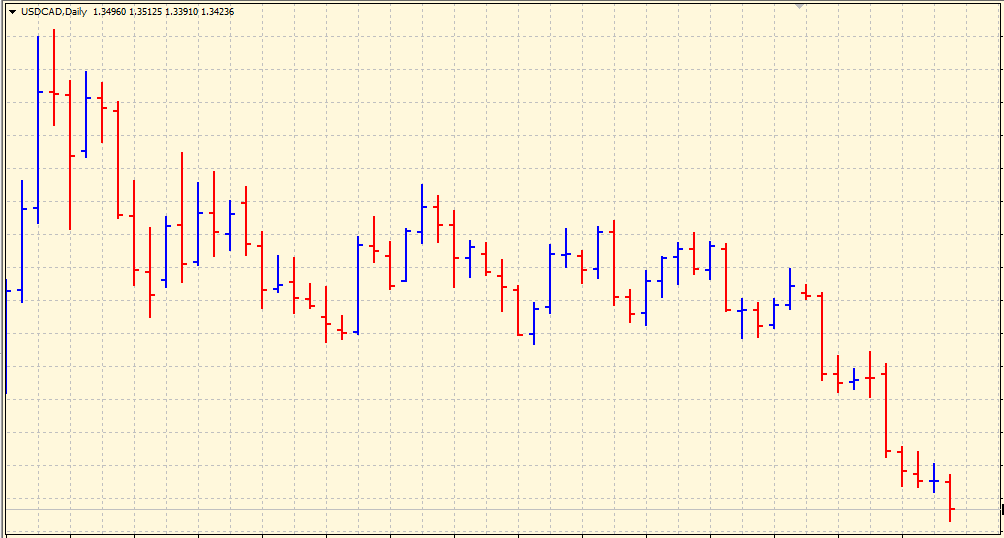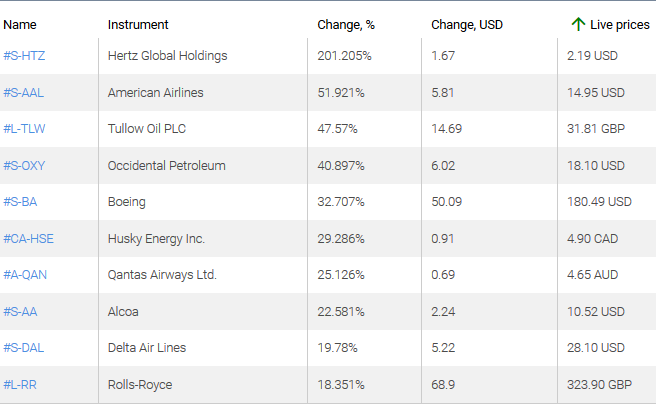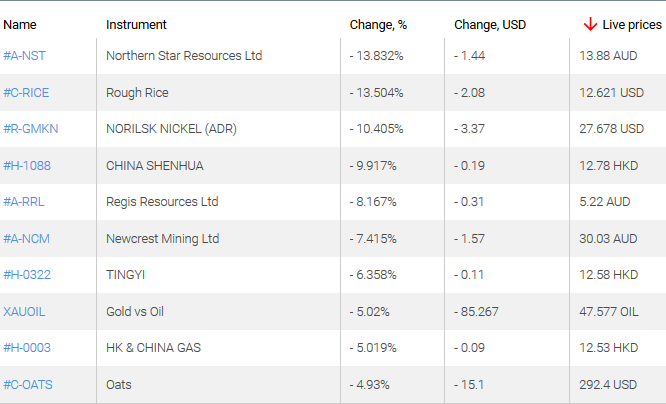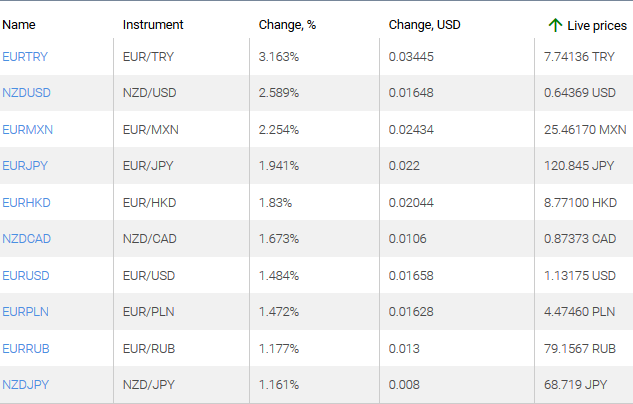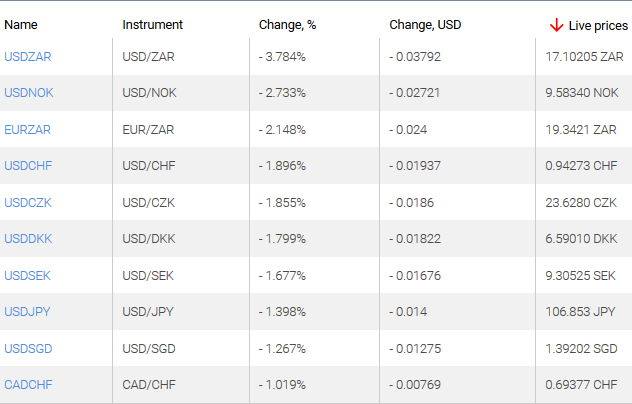By Admiral Markets

Source: Economic Events June 15, 2020 – Admiral Markets’ Forex Calendar
Up to the Fed rate decision on Wednesday, the DAX had been losing some of the bullish momentum it has had since it took off in Mid-May, where it gained more than 25% from its lows in less than a month, until it found resistance around 12,900 points.
On Thursday, the tide turned and the German index dropped more than 5%, back below 12,000 points, and struggled to close the week of trading above this psychological relevant threshold.
What became clear in our opinion is, that despite Wednesday’s ‘Equity-friendly’ rhetoric from the Fed (which can be interpreted as ‘ultra-dovish’ as it keeps interest rates at 0% at least till the end of 2022, continuing to buy USTs and MBS at least at the current pace of ~80b USD/month), market participants expect more, with much of the Fed dovishness was already priced into the market.
That said, even with the German index making back some of its losses from Thursday on Friday, the risk of another sharper drop in the days to come seems quite high with the risk-reward-ratio becoming more attractive on the Short-side.
A stronger zone of resistance can be found around 12,300/350 points, the former trend-support.
A drop below 11,800 respectively the pre-weekly lows around 11,700 points can realistically trigger a next wave lower and activates the region around 11,450/500 as a potential target on the downside:
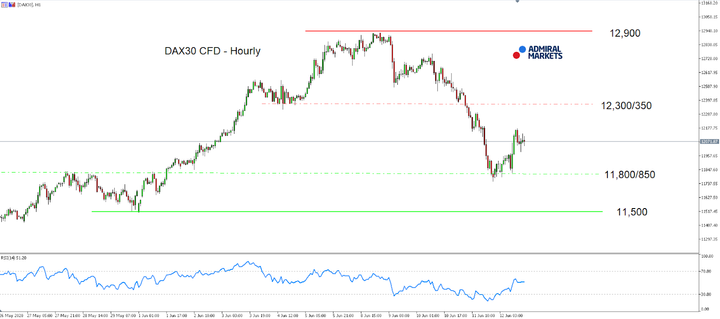
Source: Admiral Markets MT5 with MT5-SE Add-on DAX30 CFD Hourly chart (between May 26, 2020, to June 12, 2020). Accessed: June 12, 2020, at 10:00pm GMT
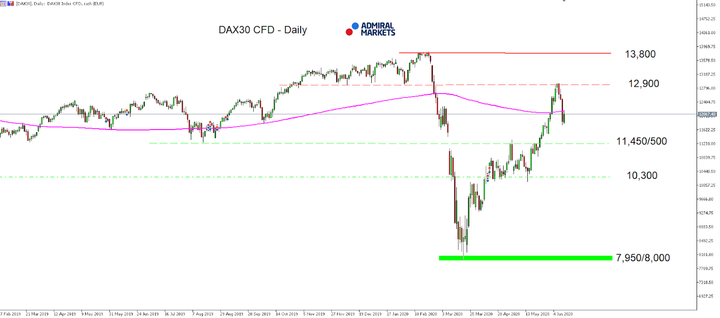
Source: Admiral Markets MT5 with MT5-SE Add-on DAX30 CFD Daily chart (between February 27, 2019, to June 12, 2020). Accessed: June 12, 2020, at 10:00pm GMT – Please note: Past performance is not a reliable indicator of future results, or future performance.
In 2015, the value of the DAX30 CFD increased by 9.56%, in 2016, it increased by 6.87%, in 2017, it increased by 12.51%, in 2018, it fell by 18.26%, in 2019, it increased by 26.44% meaning that after five years, it was up by 34.2%.
Discover the world’s #1 multi-asset platform
Admiral Markets offers professional traders the ability to trade with a custom, upgraded version of MetaTrader 5, allowing you to experience trading at a significantly higher, more rewarding level. Experience benefits such as the addition of the Market Heat Map, so you can compare various currency pairs to see which ones might be lucrative investments, access real-time trading data, and so much more. Click the banner below to start your FREE download of MT5 Supreme Edition!

Disclaimer: The given data provides additional information regarding all analysis, estimates, prognosis, forecasts or other similar assessments or information (hereinafter “Analysis”) published on the website of Admiral Markets. Before making any investment decisions please pay close attention to the following:
- This is a marketing communication. The analysis is published for informative purposes only and are in no way to be construed as investment advice or recommendation. It has not been prepared in accordance with legal requirements designed to promote the independence of investment research, and that it is not subject to any prohibition on dealing ahead of the dissemination of investment research.
- Any investment decision is made by each client alone whereas Admiral Markets shall not be responsible for any loss or damage arising from any such decision, whether or not based on the Analysis.
- Each of the Analysis is prepared by an independent analyst (Jens Klatt, Professional Trader and Analyst, hereinafter “Author”) based on the Author’s personal estimations.
- To ensure that the interests of the clients would be protected and objectivity of the Analysis would not be damaged Admiral Markets has established relevant internal procedures for prevention and management of conflicts of interest.
- Whilst every reasonable effort is taken to ensure that all sources of the Analysis are reliable and that all information is presented, as much as possible, in an understandable, timely, precise and complete manner, Admiral Markets does not guarantee the accuracy or completeness of any information contained within the Analysis. The presented figures refer that refer to any past performance is not a reliable indicator of future results.
- The contents of the Analysis should not be construed as an express or implied promise, guarantee or implication by Admiral Markets that the client shall profit from the strategies therein or that losses in connection therewith may or shall be limited.
- Any kind of previous or modeled performance of financial instruments indicated within the Publication should not be construed as an express or implied promise, guarantee or implication by Admiral Markets for any future performance. The value of the financial instrument may both increase and decrease and the preservation of the asset value is not guaranteed.
- The projections included in the Analysis may be subject to additional fees, taxes or other charges, depending on the subject of the Publication. The price list applicable to the services provided by Admiral Markets is publicly available from the website of Admiral Markets.
Leveraged products (including contracts for difference) are speculative in nature and may result in losses or profit. Before you start trading, you should make sure that you understand all the risks
By Admiral Markets








 Article by
Article by 
